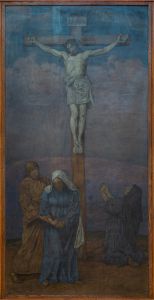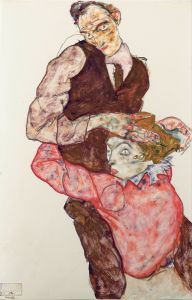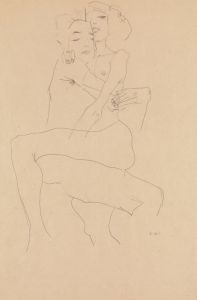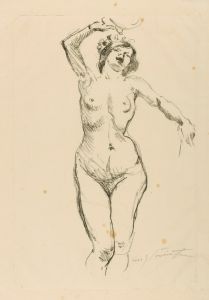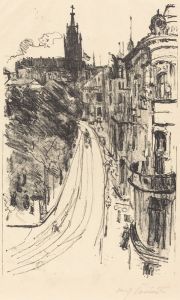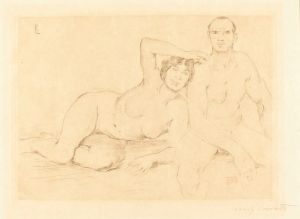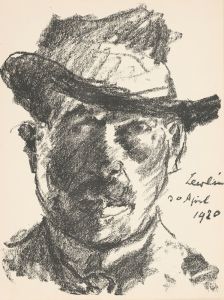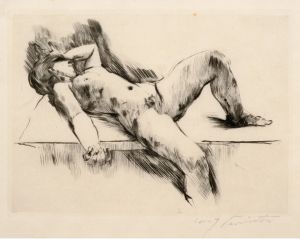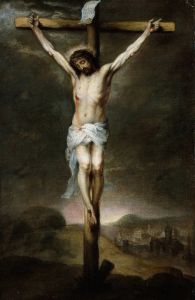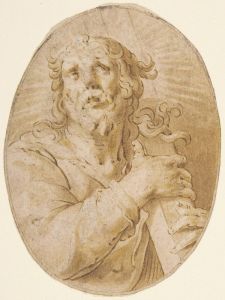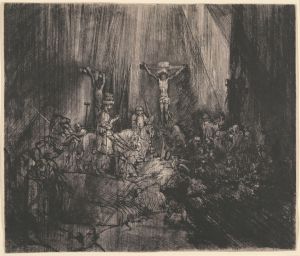
The Crucifixion
A hand-painted replica of Lovis Corinth’s masterpiece The Crucifixion, meticulously crafted by professional artists to capture the true essence of the original. Each piece is created with museum-quality canvas and rare mineral pigments, carefully painted by experienced artists with delicate brushstrokes and rich, layered colors to perfectly recreate the texture of the original artwork. Unlike machine-printed reproductions, this hand-painted version brings the painting to life, infused with the artist’s emotions and skill in every stroke. Whether for personal collection or home decoration, it instantly elevates the artistic atmosphere of any space.
Lovis Corinth's The Crucifixion is a painting created by the German artist in 1907. Corinth, a prominent figure in the transition from Impressionism to Expressionism, is known for his emotionally charged works that often explore themes of human suffering, mortality, and spirituality. This painting is one of several religious-themed works he produced during his career, reflecting his engagement with biblical narratives and their dramatic potential for artistic expression.
The painting depicts the crucifixion of Jesus Christ, a central event in Christian theology. Corinth's interpretation of this scene is marked by his characteristic use of bold brushstrokes, vivid colors, and dynamic composition. The work captures the emotional intensity of the moment, emphasizing the physical and spiritual anguish of Christ on the cross. Corinth's approach to the subject is both traditional and modern, drawing on the long history of crucifixion imagery in Western art while infusing it with his own expressive style.
In The Crucifixion, Corinth employs a dramatic use of light and shadow to heighten the emotional impact of the scene. The figures surrounding Christ, including the two thieves crucified alongside him, are rendered with a raw, almost visceral quality. The painting's composition directs the viewer's attention to the central figure of Christ, whose suffering is portrayed with a sense of immediacy and humanity. This focus on the human aspect of the crucifixion aligns with Corinth's broader artistic interest in exploring the complexities of human experience.
The painting reflects Corinth's mastery of both technique and emotional expression. His use of color and texture creates a sense of movement and energy, drawing the viewer into the scene. At the same time, the work conveys a profound sense of tragedy and pathos, inviting contemplation of the spiritual and existential themes it addresses.
Lovis Corinth's The Crucifixion is housed in the Kunsthalle Kiel, an art museum in Kiel, Germany. The museum's collection includes a significant number of Corinth's works, reflecting his importance in the history of German art. This painting is considered an important example of Corinth's mature style, showcasing his ability to merge traditional subject matter with modern artistic techniques.
As with many of Corinth's works, The Crucifixion demonstrates his ability to convey deep emotion and complex themes through his art. It remains a powerful example of his contribution to the development of modern painting in the early 20th century.






